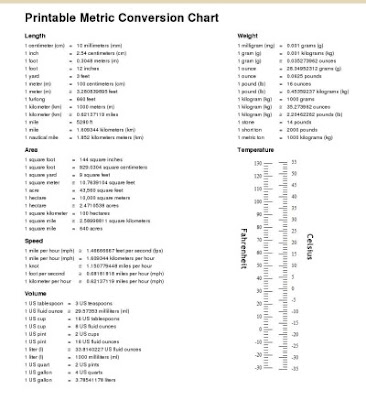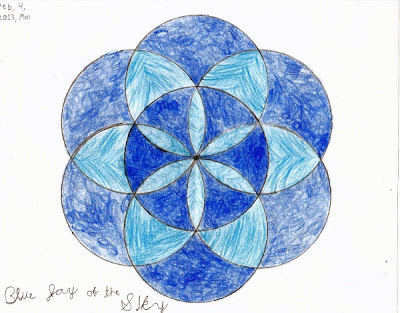Writing and math
This post is inspired by Denise's recent coverage of the topic.
Combining writing and math, or using writing in math class is an interesting topic (to me anyway). Most kids probably feel that they are far from each other. Now, if all you do is plow through calculation problems, then of course you're not writing, but at some point students need to be able to write complete solutions to math problems. They need to be able to communicate their thoughts clearly.
Here are some ideas for you to get started with writing in math class. Please use your judgment in using these; for some kids it might be counterproductive - for example, if the child hates writing so much that math class is his/her only "refuge" from it.
If you are interested in trying this out, there are many more resources on writing in math here, compiled by Denise.
And feel free to share your experiences with math and writing, if you have any.
Combining writing and math, or using writing in math class is an interesting topic (to me anyway). Most kids probably feel that they are far from each other. Now, if all you do is plow through calculation problems, then of course you're not writing, but at some point students need to be able to write complete solutions to math problems. They need to be able to communicate their thoughts clearly.
Here are some ideas for you to get started with writing in math class. Please use your judgment in using these; for some kids it might be counterproductive - for example, if the child hates writing so much that math class is his/her only "refuge" from it.
- Younger students might enjoy making their own "mini math book" with some calculation problems and a few word problems. (My daughter constantly makes math problems for her stuffed animals : ) )
- Math journaling. This means that the student writes a short entry into a separate journal book at the end of some lessons, or every few days. These entries could explain a new concept just learned (with a picture), give a problem and its solution, or perhaps talk about a mistake and how it was corrected, etc.
The entries could also be more personal and deal with feelings or wishes towards math. You can find more ideas and math journal prompts here. - Making your own math dictionary. This could be especially helpful with geometry. I've written about this before; check it out.
- Writing word problems and solutions to them. A student could first simply rewrite a word problem from the math book by changing the numbers and/or the wording in it. Later you could ask him to make problems of his own, for example a word problem that employs addition and multiplication, or a word problem about shopping, going to the hairdresser, or some other real-world situation.
Students need to learn to write readable and understandable solutions to math problems, anyway. This becomes more and more important as they advance. Here's a guide of how not to write math solutions. It's written for students who take part in math competitions, but you can see the basic ideas clearly from the examples they give, even if you don't understand all the math. - A complete essay on a math topic. Try a topic that is not usually covered in school math, such as Fibonacci numbers or fractals.
If you are interested in trying this out, there are many more resources on writing in math here, compiled by Denise.
And feel free to share your experiences with math and writing, if you have any.


Comments
I know about computer programming, but I'm not expert in Math.
I know Computer Graphics is all made with Math.
Can you tell me what kind of Math should I study to be able to make something like this? http://picturetopeople.blogspot.com
Thanks in advance.
I do know that in some branches of software development, people can start relying on other already written subprograms or subroutines, and that would lessen the amount of math one needs to learn.
Just in general, algebra, trigonometry, coordinate geometry, linear algebra (vectors and matrices), for bare starters. Check also this old document about computer graphics - it may be somewhat relevant still today.
But I still want to stress that those working in the field would know so much better.
futureofmath.misterteacher.com/blogs2.html and www.mrhiggins.net/how-we-blog-math/ and sargentparkmathzone.blogspot.com/